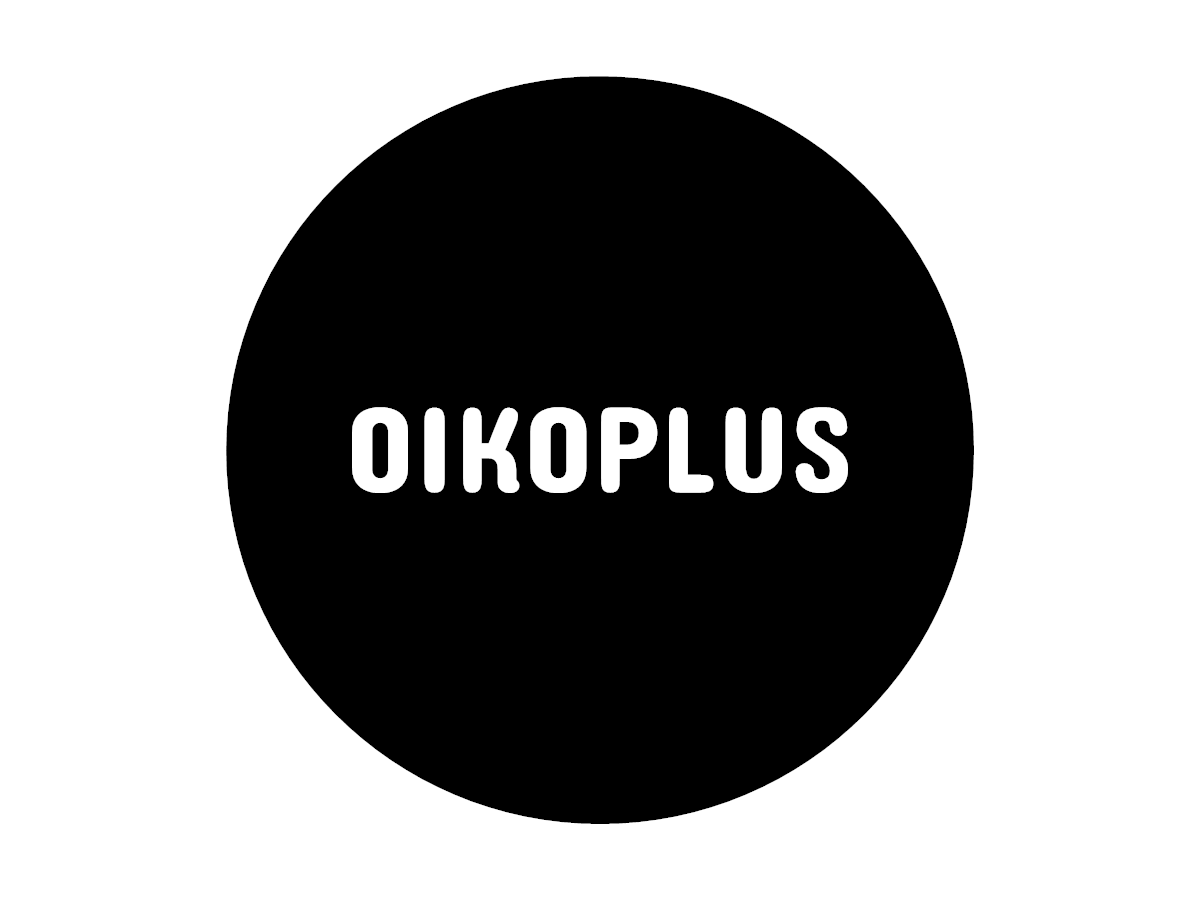This 15th issue of the Oikoplus Reading List is about Citizen Science in theory and practice. Read on to discover 10 principles for Citizen Science projects, practical tips, and theoretical reflection on the concept of Citizen Science.
Citizen Science is one of those terms that seems new and innovative, although it actually refers to an ancient concept. Namely: people who are not scientists doing research. This has been happening all the time. And there are prominent historical examples. When, for example, Wilhelm Herschel discovered Uranus in 1781, he was the director of an orchestra. Astronomy was his hobby.
When we use the term Citizen Science or one of its many neighboring terms (community science, crowd science, crowd-sourced science, civic science, volunteer science, or volunteers monitoring), we often refer to a comprehensive introduction on Citizen Science formulated by Alan Irving from 1995. A more current overview of the citizen science concept and the potentials of citizen science is provided by Rick Bonney et.al. (2009). Even more recent is the comprehensive introduction ,Citizen Science – Innovation in Open Science, Society and Policy’ by Susanne Hecker et.al. (2018). Included amongst other: 10 Principles of Citizen Science.
Don’t ask what you can do for science. Ask what science does for you.
With the growing number of Citizen Science projects, questions of philosophy of science and epistemology naturally arise. In the 1970s, Paul Feyerabend explored ways to open science to society. His paper “Science in a Free Society” is a worthwhile introduction to Feyerabend’s work. Find a comment on it, here.
Feyerabend’s Citizen Science understanding is the subject of a text by Sarah M. Roe. She argues, that “Feyerabend teaches us that while the current citizen science movement focuses primarily on what citizens can do for science […] the movement should also focus on what science can do for citizens and what science can learn from citizens.”
Mobile apps and OS to support Citizen Science
But if you’re reading this, you probably don’t just want to deal with Citizen Science theoretically. Perhaps you want to implement your own project. If you want to collect specific scientific samples or artifacts, you might want to use a mobile app. Take Sapelli, for example. The app results from a British research project and grew into an open-source project enabling the collective collection of artifacts. Quite simply on a smartphone.
Not only has the software for collecting scientific samples become easier to use and more connected. Hardware has also become more affordable. An article on conversavation.com describes how mobile phone cameras document insect species. Also on conversation.com, Australian ornithologist Hugh Possingham describes why he would like to see as many people as possible become involved as amateur scientists. His argument: “If citizens immerse themselves in gathering knowledge and asking questions, they gain power – and are far more likely to engage in participatory democracy.”
Back to the theory…and the communication of Citizen Science
Swedish linguist and knowledge theorist Dick Kasperowski takes a somewhat more critical view, in a 2016 interview. He states“[...] citizens are only invited to do certain defined tasks like classifying or collecting data. You are not involved in all stages of the research process, even though that might be an ideal or rhetoric put forward. Citizens do very seldom formulate hypotheses or theories, for instance. No one is forced to take part in citizen science, but it has been criticised as a way of getting labour for free. I wonder what Marx would have said about it.” But now it becomes quite theoretical again. Sorry for that.
At the end, I would like to refer to a very practical publication. ‘Communication in Citizen Science’ by Carina Veeckman and Sarah Talboom (2019) offers a useful guide to developing a successful communication strategy in citizen science projects. After all, communication is the central key to successful citizen participation in research projects.


